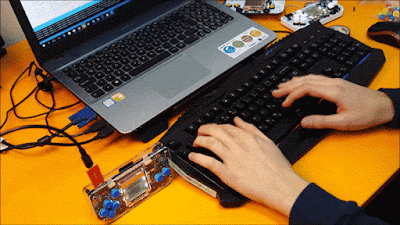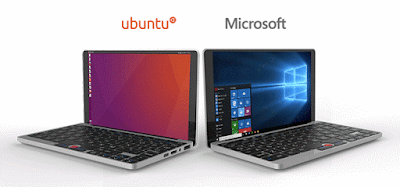What's up, everyone? SHARD Labs is back with another Project Preview for you all: the CardGear Duo accessory by the SolidFirst team out of Farmingdale, NY. Many thanks to them for quickly getting us a review unit and for all the hard work they've put into this campaign. You can find more about them and the Duo on Kickstarter and their website.
Head on down below for the review!
---
Review - The CardGear Duo
What is the CardGear Duo? It's a simple enough concept, and yet a unique one in the sense that no one has ever done it before SolidFirst. It's a credit-card sized piece of plastic with elastic pouches on both sides. These pockets allow you to store SD cards or slim USB sticks in it and put the card inside your pocket, wallet or wherever.
The Duo is perfect for photographers, graphic designers, or people with lots of devices that have external storage. It's very very-low profile and easy to slip into small spaces.
The Duo is perfect for photographers, graphic designers, or people with lots of devices that have external storage. It's very very-low profile and easy to slip into small spaces.
The review unit I received was very small and simple- small enough, in fact, to ship inside a regular envelope. This allowed to to be shipped fast and cheap. Thanks again to SolidFirst for getting it here so quickly!
My package included:
My package included:
-1x CardGear Duo
The Duo arrived inside of a cute little manila-colored pouch, with a sleek design of the card on the outside. It does a good job of protecting the Duo from any tears or scratches.
And the card itself is sleek. It's a credit-card sized piece of semitransparent plastic with black elastic pockets lining the lower half. The elastic is firm,but stretchy enough that you can slide a full-sized SD card inside one of them. I put two in it as soon as I opened it up.
The card itself is also durable, but flexible enough to withstand being bent in your pocket without snapping. A quick note, though: Especially once those pockets are filled, the Duo will be much thicker than a credit card, so depending on the size of your wallet you might have a bit of a hard time fitting in it there.
Oh, and a bonus note: The plastic card does have two different styles of holes in the top so you can attach it to a clip or keychain for carrying convenience.
And that's the review! It's a simple but sweet one today. As of this writing, the CardGear Duo was 91% funded with 27 days still to go in the campaign! It's clear that there are plenty of people who want this.
Hope fully we convinced you to get one as well, and if we did, let us know in the comments below!
Until the next review,
..Carter..









